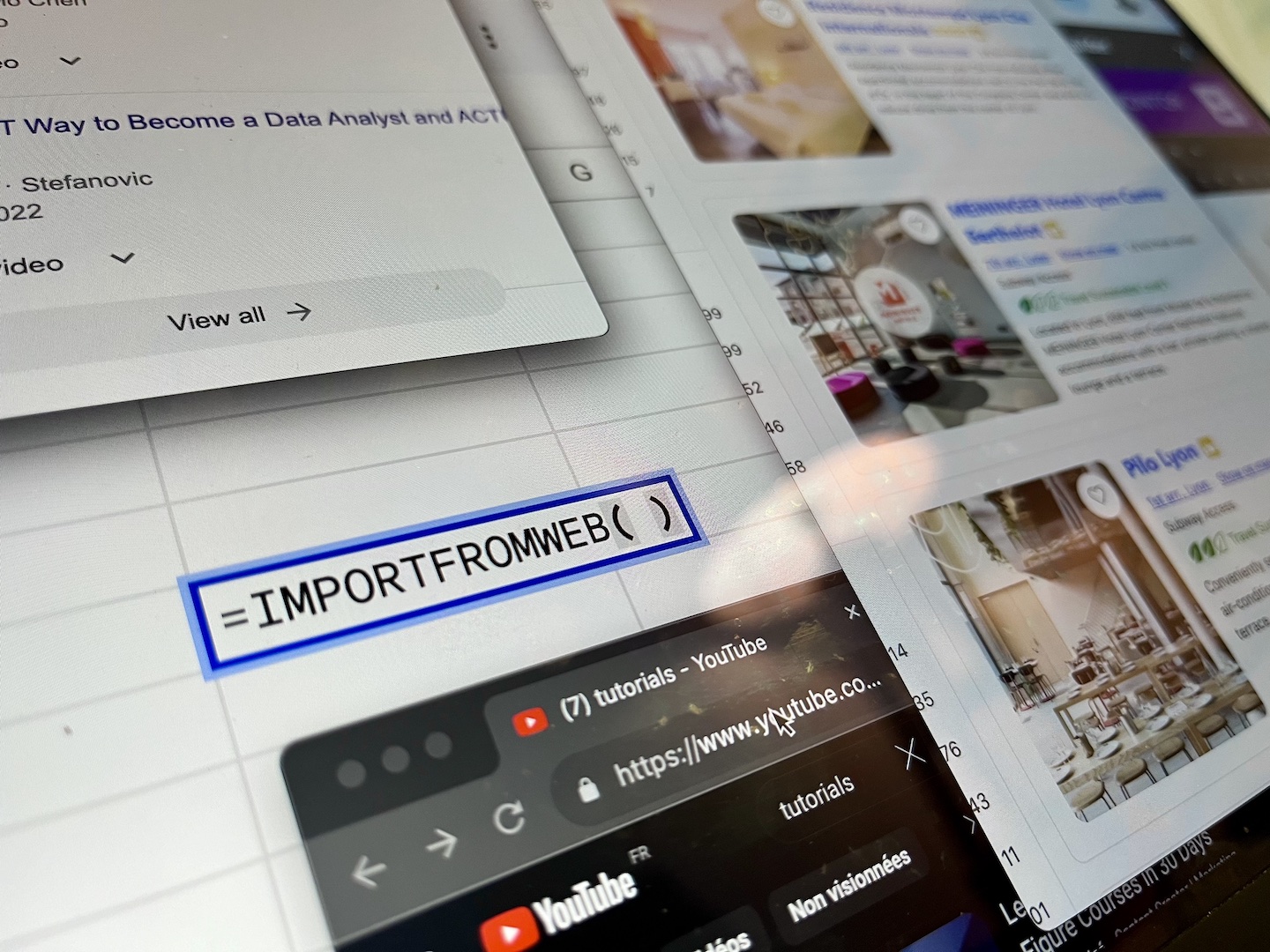
Today, selling on Amazon involves processes to stay ahead of the competition, and this is a perpetual challenge. One effective strategy to outshine your competitors is analyzing their product images. After all, a picture speaks a thousand words, and understanding what your competitors are doing visually can provide invaluable insights.
In this article, we will explore how to get an overview on your competitors’ images, and effectively analyze them. We’ll explore techniques to acquire an overview of their visual presence, gathering insights to inform your own strategies and enhance your competitive position in the market.
Benefits of analyzing Competitors’ Images
Before diving into the analysis process, let’s understand why it’s crucial to dissect your competitors’ listings images:
- Inspiration: Your competitors’ images serve as a wellspring of inspiration, offering insights into refining your own product visuals. By observing best practices, innovative concepts, and successful visual tactics, you can elevate the quality and appeal of your own images.
- Market Trends: A careful examination of competitors’ images enables you to discern evolving market trends. By identifying prevailing visual themes and consumer preferences, you can adapt your image strategy to align with the shifting landscape, ensuring relevance and resonance with your target audience.
- Identifying Gaps: Analyzing competitors’ images unveils potential gaps or shortcomings in their presentation. Identifying areas where competitors fall short in image quality or information provision empowers you to seize competitive advantages.
Efficiently Analyze Images of Competition on Amazon: Step by step guide
Step 1: Identify and gather the ASINs / listings
Before delving into the analysis process, the initial step entails collecting all the listings of your competitor (this can be done with an Amazon Storefront Scraper). You input in the tool the storefront URL of your competitor and you get all the products he’s offering.

Step 2: Extract the image sources of the listings
The extraction of the source images can be done with an Amazon Image scraper, where you enter the ASINs of competitors and get the associated images.

Step 3: Analyze the images
Here are the main elements to review to perform a complete analyze of the listings images:
Image Quality and Resolution
High-resolution images not only enhance the visual appeal but also signify a dedication to quality on the part of the seller. Clear, crisp images with high resolution not only attract potential buyers but also instill confidence in the product’s credibility and value. Conversely, low-resolution or blurry images may deter customers and raise doubts about the product’s authenticity or overall quality.
Number of Images
Analyzing the number of images utilized by competitors for each product is a pivotal aspect of understanding their presentation strategy. A higher quantity of images often indicates a more detailed and comprehensive presentation of the product.
Image Variations
Examining whether competitors use multiple images showing different angles and close-up shots, can offer potential buyers a more thorough understanding of the product’s features, benefits, and usage scenarios. This multifaceted approach not only enhances the product’s visual appeal but also facilitates informed purchasing decisions by providing consumers with a comprehensive view of what to expect.
Lifestyle Images
Lifestyle images are particularly persuasive as they showcase how the product seamlessly integrates into the customer’s life, addressing their specific needs and aspirations. By portraying the product in real-life scenarios or settings relevant to the target audience, lifestyle images evoke a sense of connection and resonance, effectively demonstrating the product’s utility and value proposition.
Analyzing competitors’ use of lifestyle images provides valuable insights into their understanding of customer preferences and their ability to create engaging visual narratives. Sellers can leverage this information to develop their own lifestyle imagery that resonates with their target audience
Infographics and Diagrams
Infographics and diagrams are particularly effective in conveying complex information or demonstrating the functionality of a product in a clear and visually appealing manner. Whether it’s illustrating product dimensions, showcasing key features, or outlining the benefits of use, these visual elements serve as powerful tools for engaging customers and influencing purchasing decisions.
Amazon Image Requirements
Amazon has specific requirements for images to maintain a consistent and high-quality shopping experience for customers. These requirements are intended to ensure uniformity and enhance product presentation. Some of the main image requirements include:
- Image Dimensions: Images should be at least 1000 pixels in either width or height to enable zooming and maintain image quality. The recommended size is 2000 pixels or more for optimal results.
- Background: The main product image should have a white background or one that provides high contrast. It should be free of any additional text, graphics, or watermarks.
- Image Format: Amazon accepts various image formats, including JPEG, PNG, GIF, and TIFF.
- Quality: Images should be clear, well-lit, and of high resolution to showcase the product accurately.
- Color Mode: Images should be in RGB color mode, not CMYK.
- File Size: The file size for images should not exceed 10 MB.
- Zoomable Images: To enhance the customer’s shopping experience, Amazon encourages zoomable images that allow customers to view fine details of the product.
Improve your own images
Improving your own images is the natural next step after gathering and analyzing your competitors’ visuals. Here’s how to leverage your insights effectively:
- Incorporate Best Practices: Utilize the best practices spotted with your competitors’ images. This may include ensuring high image quality and resolution, providing a variety of images from different angles, including lifestyle shots, and integrating infographics or diagrams to show key features or benefits.
- Address Competitors’ Gaps: Identify any gaps or deficiencies in your competitors’ images and capitalize on these opportunities. If competitors are lacking in certain types of images or failing to highlight important product features, ensure that your own listings fill these gaps to provide a more comprehensive and compelling presentation to potential buyers.
- Adapt to Market Trends: Stay attuned to market trends and emerging visual preferences. Use your competitor analysis to inform your image strategy and ensure that your listings remain relevant and appealing to your target audience.
Incorporating video into your strategy is also a highly effective practice that shouldn’t be overlooked. Video offers a dynamic way to showcase your product, providing potential customers with an immersive and engaging experience that static images cannot replicate.
Conclusion
Understanding your competitors is a strategic advantage on Amazon. By analyzing their images, you gain valuable insights into their image strategies, product positioning, and market trends. Armed with this knowledge, you can make informed decisions to improve your product listings.
So, don’t just watch your competitors from the sidelines; dive into their images to gain a competitive advantage and boost your success on Amazon.


